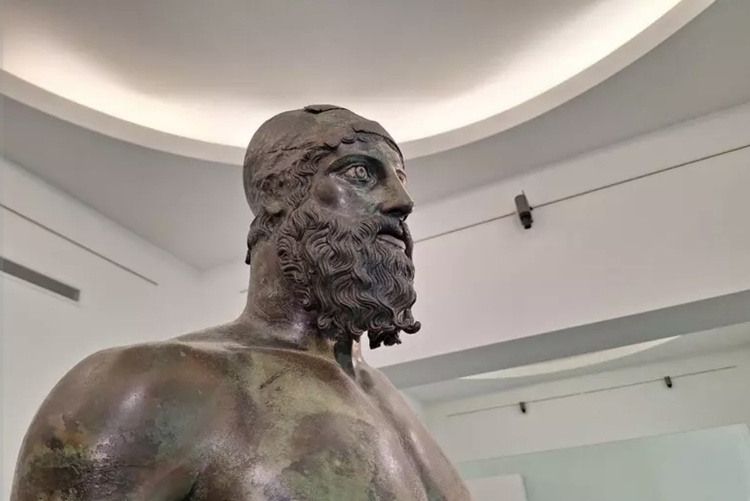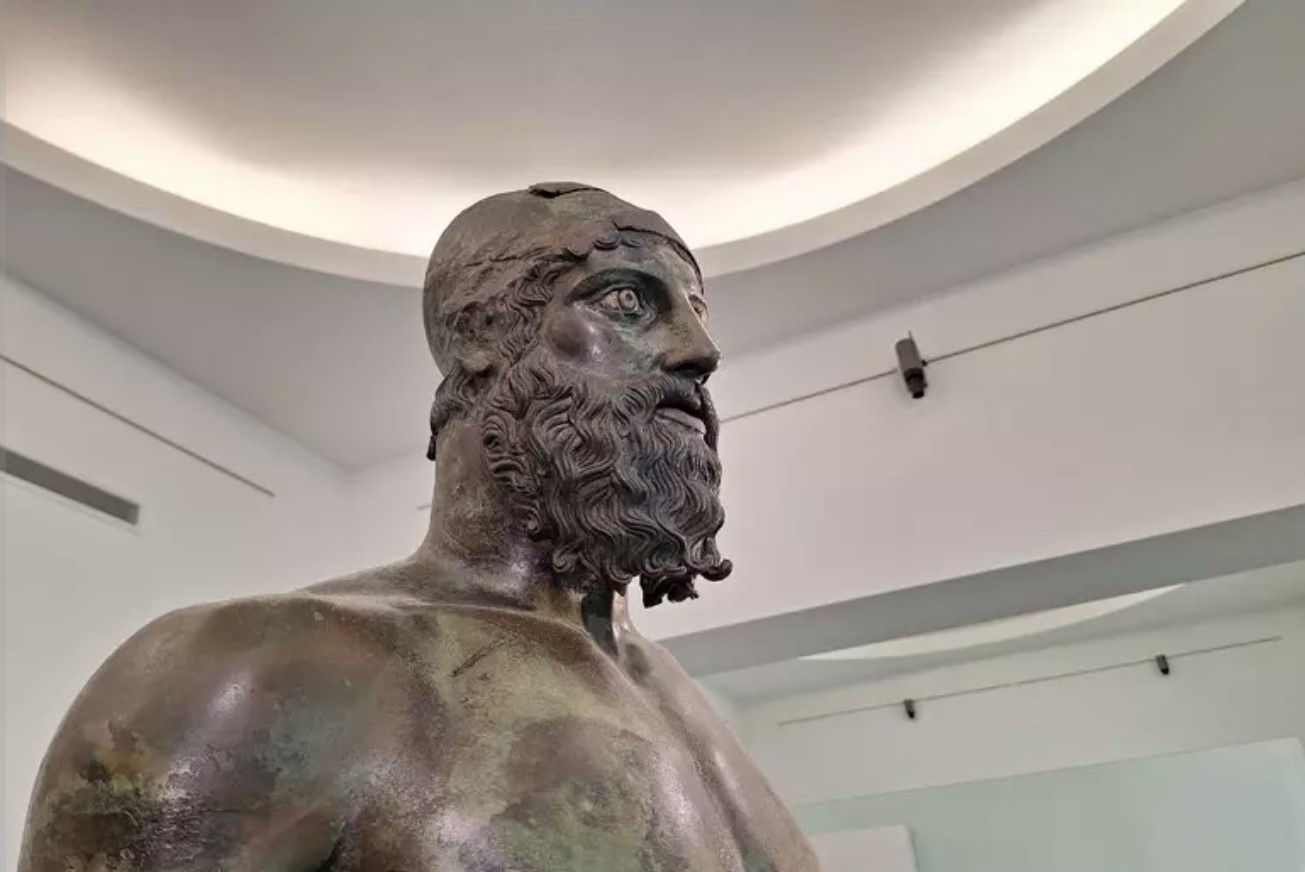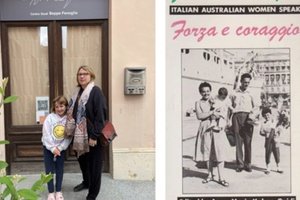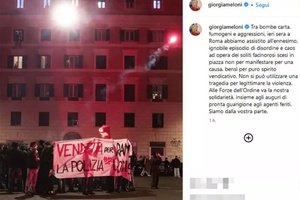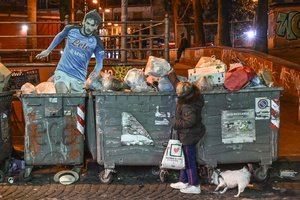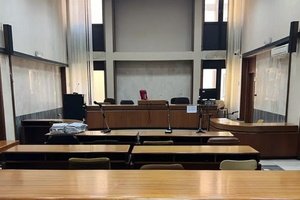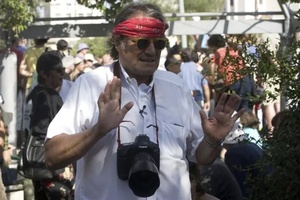The check-up is being conducted by restorers from the ICR, the National Museum of Magna Grecia (MArRC) in Reggio Calabria and the University of Genoa.
Oliva assured that the “bronzes are not unwell”.
“We’ve gathered a lot of data and we’re confident that we’ll be able to sum up all the information within a few months and draft a report…,” he said.
“[The report] can then be used both by the institute and the museum.”
Oliva noted that the aim of conservation work was to “prevent more challenging interventions in the future”.
Important restoration work was carried out on the Riace Bronzes and the statues of Porticello from 2009 to 2013.
The statues of Porticello are two bronzes from the 5th century BC and were recovered off the coast of Calabria in 1969.
“It’s allowed us to monitor the state of health of the Bronzes,” said the director of MArRC, Fabrizio Sudano.
“We care for these statues very much, for their identity value and for their uniqueness,” he added.
Sudano explained that the restoration would also provide insight into whether the bronzes were being maintained in the right way.
The two Riace bronze warriors are survivors of the lost world of Magna Graecia (Greater Greece), the Hellenic civilisation that once flourished in today’s Southern Italy.
They were discovered by a diver off Calabria in 1972.
Calabria has historically kept a tight grip on the much-loved statues which stand at two metres tall and are exceptionally realistic renderings of warriors or gods.
Both are naked, with silver lashes and teeth, copper red lips and nipples, eyes made of ivory, limestone, and a glass and amber paste.
Regional authorities allowed the famed bronzes to tour Italy in 1981 to sold-out venues in Rome, Venice and Milan.
At these exhibitions, the statues were seen by over one million people overall.
ANSA
